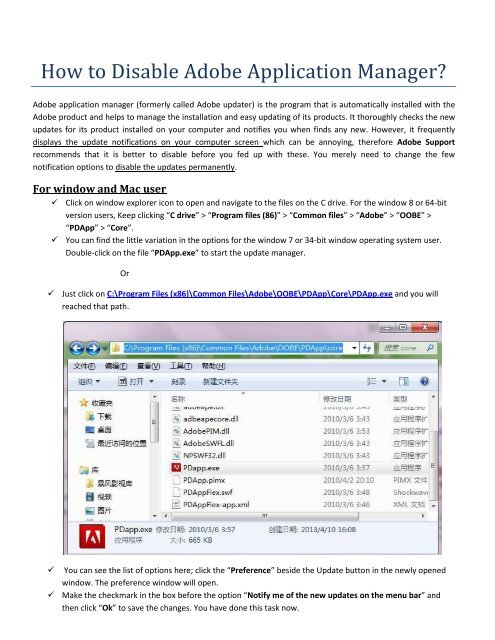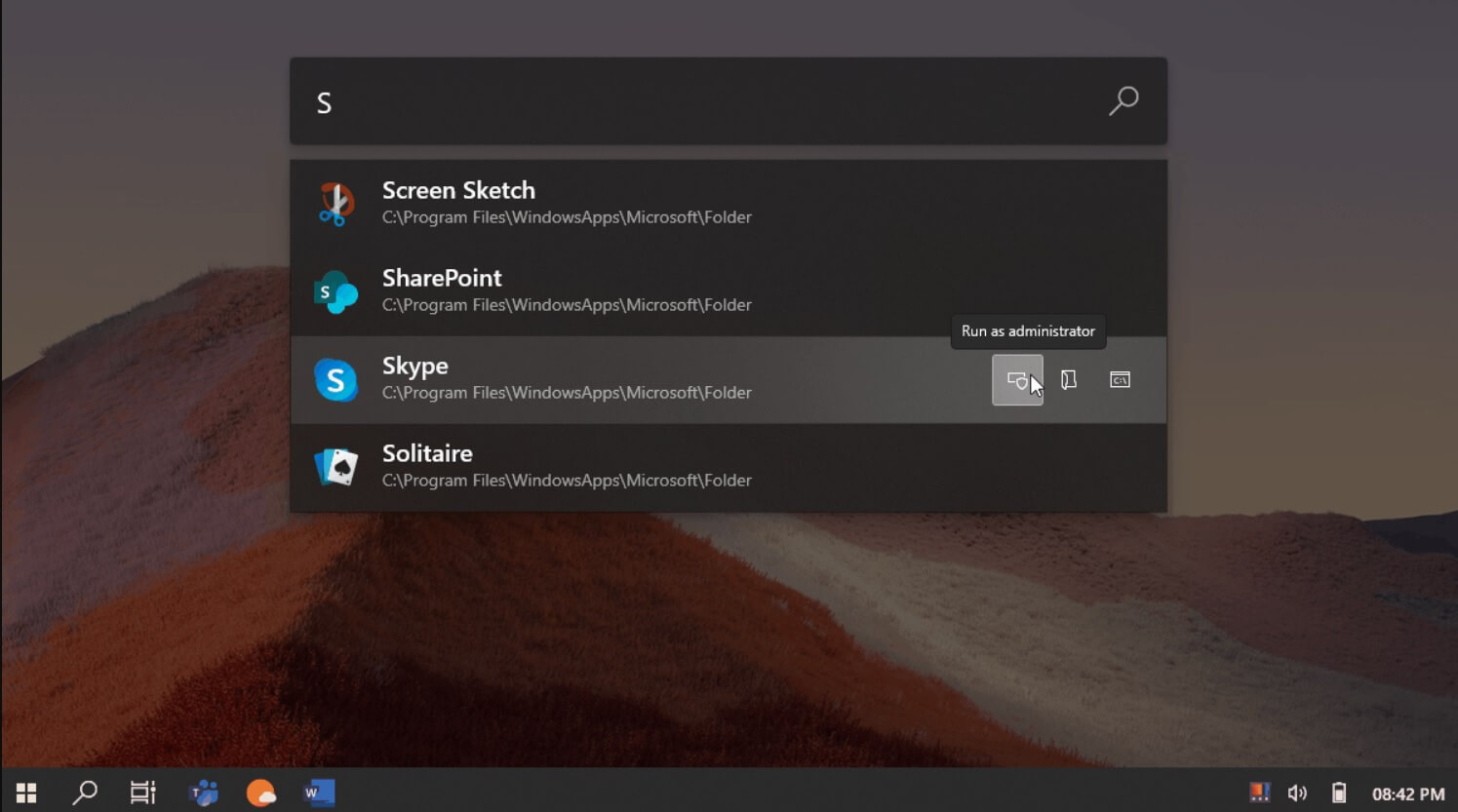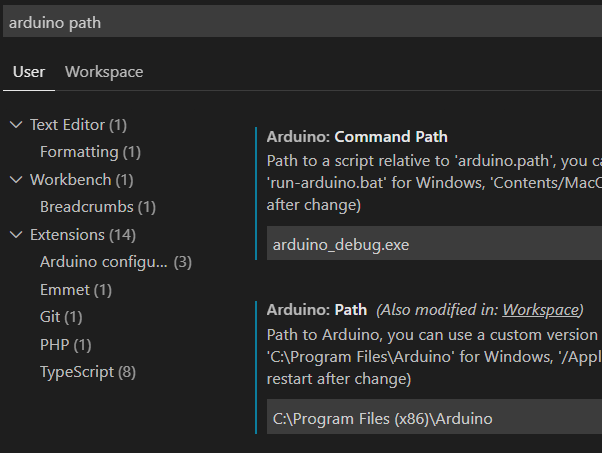

- Equivalent of program files on mac for mac#
- Equivalent of program files on mac mac os#
- Equivalent of program files on mac software#
Tux Paint is available for Mac users for free. These include sound effects that accompany the selection of tools and the appearance of a Linux penguin cartoon at the bottom. Tux Paint allows users to take their first steps in drawing. This paint app is completely built with OpenGL for blazing-fast drawings and can be purchased and downloaded through Apple’s App Store. It is a perfect tool for presentations, visual demonstrations, and writing notes. DeskscribbleĪs a perfect match for editors in the Design & Photo category, Deskscribble allows users to draw on top of their desktop and on all open windows.
Equivalent of program files on mac mac os#
It is easy to use MS Paint equivalent, but it requires Mac OS 10.3 or later.

It comes with advanced features like multiple layers, channel editing, and core image effects. Seashore is a free and open-source image editor for Mac users. This intuitive program uses new sets of stroke presentation.Įven though officially discontinued, it is freely available for download. Mischief, the mac equivalent of Paint, fulfills your requirements. Mischiefĭo you want to create digital images on your Mac using a wide variety of styles and tools?
Equivalent of program files on mac software#
This software is completely free and can be downloaded from MacUpdate. It is ideal for users who want to make a quick simple image and prefers the simplicity of Paintbrush over more comprehensive software. Paintbrush is a user-friendly and lightweight paint program. In this article, we will look at the 11 of the best applications that are Mac equivalents of Paint.

MS Paint can be used to draw, color, and edit pictures, including imported files from a digital video or camera recorder.

Create an alias for regular files, or just drag the files to the desktop.Microsoft Paint or MS Paint is a lightweight graphics utility that is shipped with all Microsoft Windows versions.Firefox) with different arguments, use the following in shell: open -a Firefox -args ProfileManagerĪnything you can drag to the Dock, you can place on the desktop: Now you just need to associate these shell scripts with this application (I called mine Shell Script Runner), and you can drag them to the Dock's file area. Open Automator, select Application, double-click the Run Shell Script item in the library, select to receive input as arguments and enter the following: for f in "$f" To launch arbitrary shell scripts from the GUI without a Terminal, simply save them as files, and create the following application (once): Optionally drag to the right side of the Dock. To make an executable shell script that's open the Terminal, simply chmod +x it and save with the extension. Run Shell Script and Launch Application actions), but in my experience, it's a lot slower than running the AppleScripts themselves. You can also use Automator to do this (e.g. in ~/Library/Scripts/Applications/TextEdit only when TextEdit in frontmost. This menu is fed by using scripts in ~/Library/Scripts, it displays those e.g. To execute normal scripts, enable AppleScript menu (which will be located in the menubar notification area) in AppleScript Editor's preferences. You can use AppleScript Editor to create AppleScript script files or applications that do the following:Ī) Launch an application tell application "TextEdit" to activateī) Run a shell command without opening Terminal run shell script "/usr/local/bin/growlnotify 'Hello World'"Īpplications can be dragged to the left side of the Dock.


 0 kommentar(er)
0 kommentar(er)
